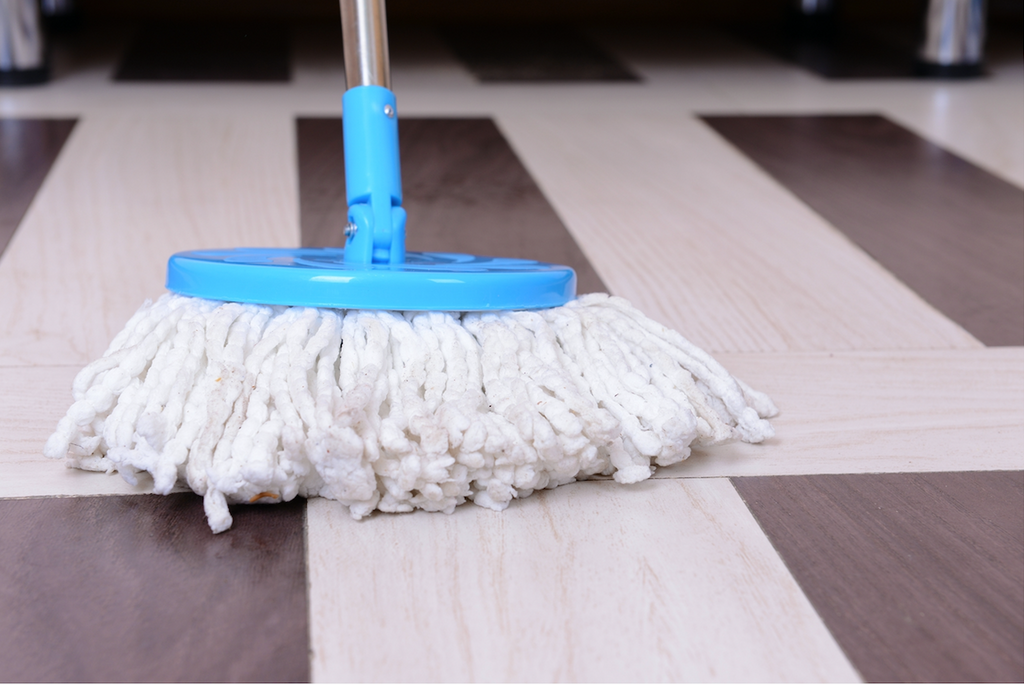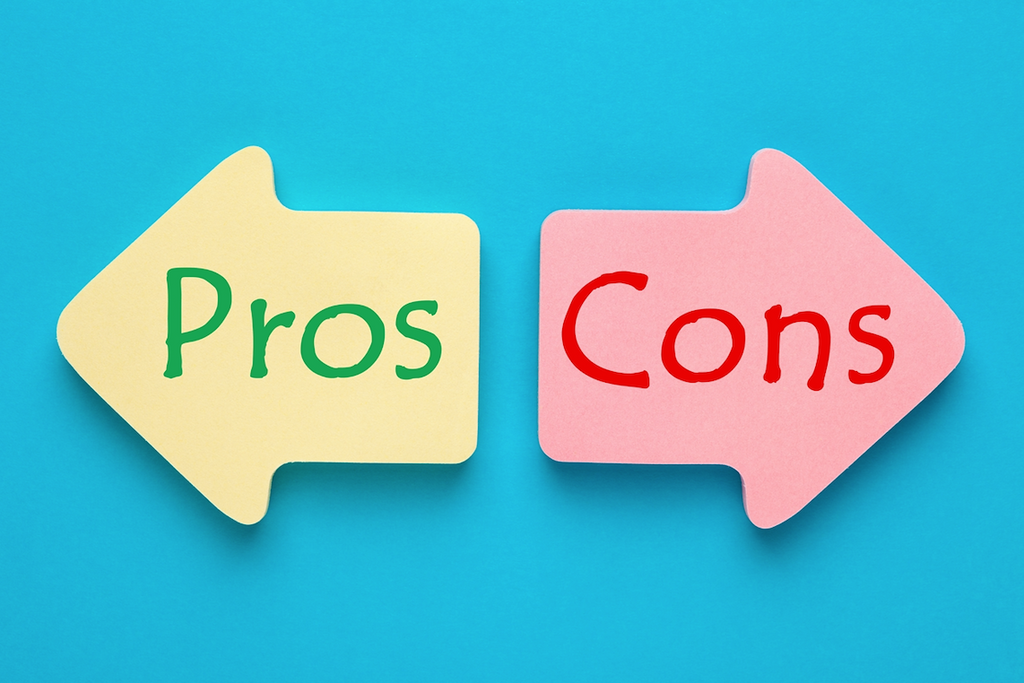Dry Mopping vs. Wet Mopping

Cleaning the floors in the whole house is a tedious task. But often, it also brings a lot of confusion regarding the method best suitable for cleaning. Which cleaner is the most effective when it comes to sweeping the floors? What type of mopping method should you use? Why do the stains resist even after mopping the floor vigorously? Here's a guide to understanding the difference between dry mopping and wet mopping, and what each method is best for:
What is a Dry Mop?
Also called a dust mop, a dry mop does not allow the use of water. Rarely, a cleaning solution is used in dry mopping. You can only go for it if it's absolutely needed, but even that is allowed to dry before mopping. A dry mop cleans up debris and loose dirt by picking up dust, crumbs, or any other junk littering your floor.
What is a Wet Mop?
Although there are several variations, a basic wet mop comprises a sponge or a rag dipped in either water, a soapy solution, or a cleaner. The new models have a built-in spray with a reservoir for the cleaning solution, saving you the hassle of repeatedly dipping the mop into the solution time and time again.

How Do You Dry Mop?
Its usage is pretty simple. Drag the mop while keeping it on the floor continuously, either by forming the figure eight or in a motion having a back-and-forth pattern. When you feel like the mop can't take any more dust, shake it either outside or in a large plastic bag, which you will discard later. Collect any large crumbs or debris in a dustpan by a broom. There are two types of dry or dust mops. Either they have a fabric-based head or consist of a disposable pad that is to be discarded and replaced by a new one after every mop. Dry mops are best suitable for cleaning dry surfaces and hardwood floors, and are worst at absorbing spilled liquids or cleaning stains.
How Do You Wet Mop?
The best way to wet mop a floor is to use two wet mops. The main action will be carried out by the first one. Dip it in a multi-surface floor cleaner. Keep another bucket nearby in which you can rinse the mop. It allows you to avoid dipping the dirty mop in the cleaner and thus making the floor dirtier than it was before in the next mop. Avoid using excessive amounts of water while sweeping the floor to reduce the chances of slipping and falling. Start with a corner of the room and gradually move away from the corner while making a figure-eight pattern with the mop. Sweep the mop during this process constantly so that your shoes or feet don't get wet and make streaks on the floor. Such organized mopping also saves time. When cleaning a room that is frequently visited by various people, make sure you put up safety signs so that nobody trips and falls by accident, thus preventing injuries.
Pros and Cons
Pros
1. Dry mopping: It is 25 percent quicker than wet mopping. It is a more convenient and straightforward method of cleaning. It is cheaper as dry mops are cost-efficient. No water or solutions are used in the process, which prolongs the floor's life and finishing.
2. Wet mop: It can clean almost all stain types as long as an appropriate cleaning solution is at hand. It also helps eliminate harmful bacteria. Wet mopping leaves the floor spotlessly clean.
Cons
1. Dry mopping: Stains and liquid spills are not catered to by dry cleaning. A dry mop will never clean the floor as perfectly as a wet mop.
2. Wet mopping: In comparison with dry mopping, wet mopping is more expensive. It takes more time, energy, and hassle. It can damage a hardwood floor quite badly unless you’re using an eco-friendly cleaning product with no chemicals.



